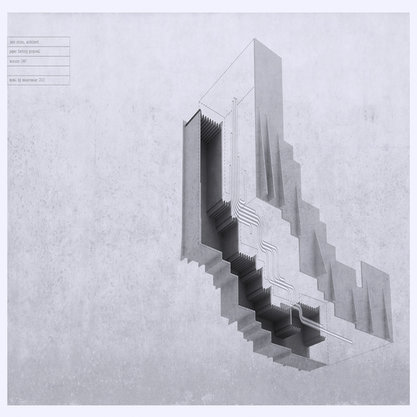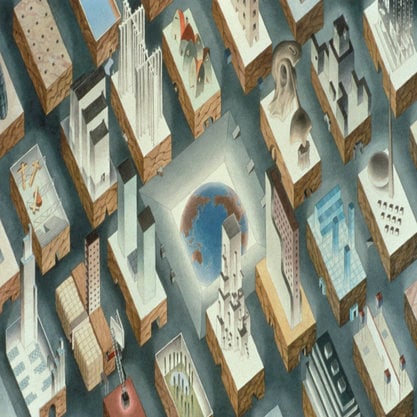Article
Belkahia, Farid (1934--) By Powers, Jean Holiday
Article
Born in Marrakesh, Morocco, Farid Belkahia is one of the foremost Moroccan modernist artists and the director of the École des Beaux-Arts in Casablanca from 1962 to 1974. In the early 1960s Belkahia turned from oil painting and easels and began working primarily with large-scale hammered copper. The copper was meant to be hung on walls and was used to create multidimensional bas-reliefs. Since the 1970s Belkahia is best known for his work with leather, which he treats using traditional techniques, employing shaped supports and paints made of naturally occurring dyes. The process of the work is an important aspect for Belkahia, and his pieces typically highlight both the organic shapes that make up the content of the work, and the texture and dimensionality of the materials themselves. He often employs Tifinagh letters and symbols that are culled from traditional Moroccan rugs, tattoos, and architecture. Belkahia has had multiple solo exhibitions at major locations in Morocco, including the national gallery, the Galerie Bab Rouah in Rabat, the Galerie L’Atelier in Rabat, and the Cultural Moussem of Asilah. He has also had international solo exhibitions at Darat al-Funun in Amman, Jordan and the Musée d’art modern et contemporain in Nice, France.


